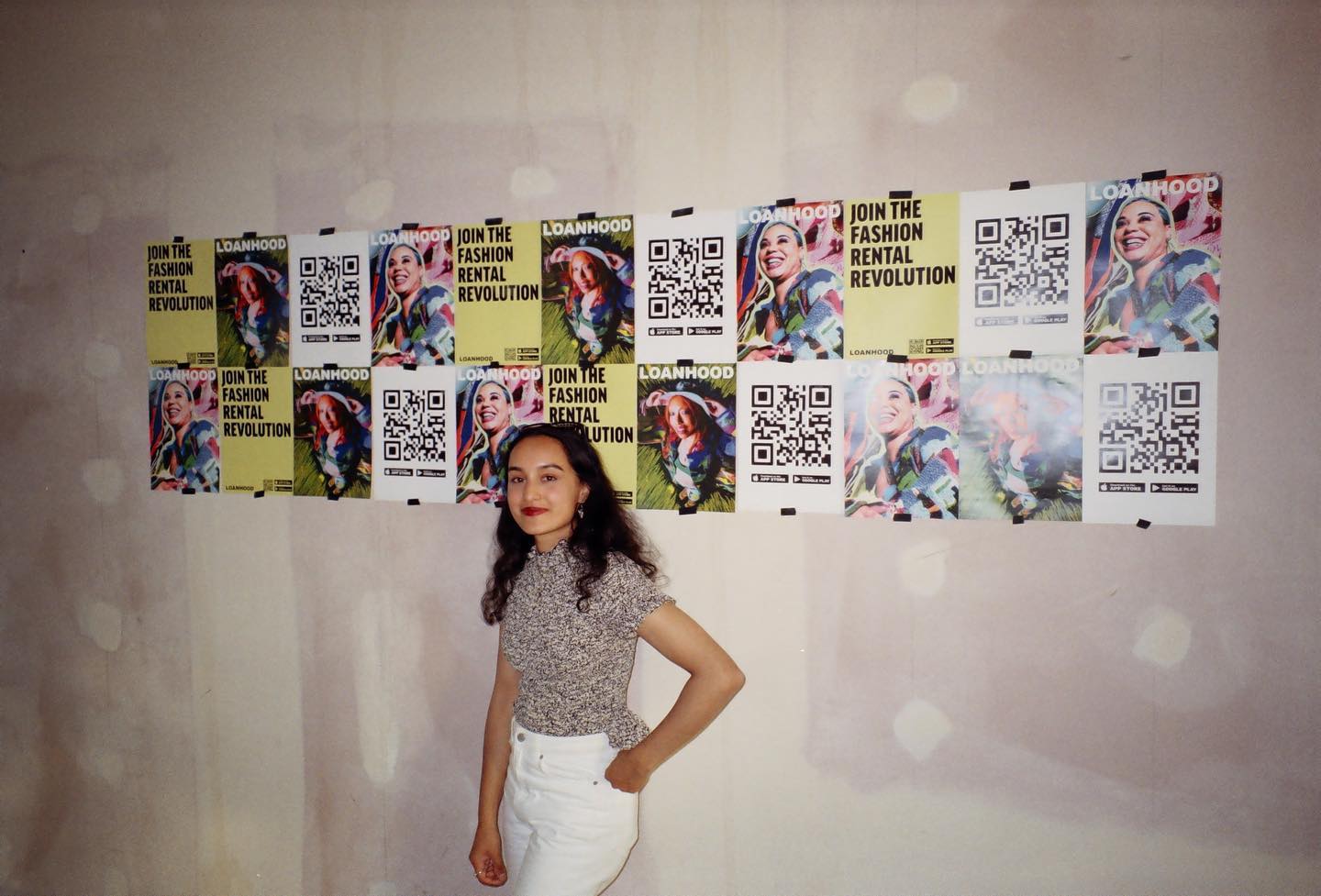Circular fashion is a growing trend in the fashion industry that has significant economic and environmental implications. This approach aims to keep clothes in use for as long as possible, thereby reducing waste and promoting sustainability. For fashion lovers aiming to build a more sustainable wardrobe, this presents an interesting case study in the intersection of business, consumer behaviour, and the environment.
Circular fashion is a response to the traditional linear fashion model, which operates on a take-make-dispose basis. Under this model, clothes are produced, consumed, and discarded, resulting in significant waste and environmental degradation. It’s estimated that 300,000 tonnes of clothing goes into landfill annually in the UK. The circular fashion model, on the other hand, emphasises the need for more sustainable and responsible production, consumption, and disposal practices.
One key aspect of circular fashion is the use of good quality materials that are durable and can withstand a lot of wear and tear. This not only helps to extend the life of clothes, but also reduces the need for new clothes to be produced. Additionally, circular fashion encourages consumers to buy clothes that are versatile and can be worn in many different ways, further extending their lifespan.
The circular fashion model also emphasises the importance of reusing and repurposing clothes. When a consumer is done with a garment, instead of throwing it away, they can donate it to a friend, a charity, or sell it. This not only reduces waste, but also creates new economic opportunities in the second-hand clothing market. OWNI’s goal is to make reselling simpler through our Resale AI, that digitises and then sells your used clothes for you.
In addition to economic benefits, circular fashion has significant environmental implications. By extending the life of clothes, reducing waste, and promoting responsible production practices, circular fashion can help to reduce greenhouse gas emissions, water usage, and other environmental impacts associated with the fashion industry.
As the world continues to grapple with the challenges of sustainability and climate change, circular fashion offers a promising approach to promoting responsible consumption and production practices. For fashion lovers who wish to transform the industry, circular fashion presents a unique approach that tackles waste, consumer behaviour, and the environment.
Glossary
Circular fashion: a sustainable fashion model that emphasises the need to design, use and dispose of clothes in a way that minimises waste and pollution or social injustice.
Linear fashion model: a traditional fashion model that operates on a take-make-dispose basis, resulting in significant waste and environmental degradation
Good quality materials: durable materials that can withstand wear and tear, and can be used for a longer period of time
Second-hand selling: a practise of selling your unused clothes.
Donating: giving something, such as clothes, to someone else who can use it
Repurposing: finding new uses for a garment that is no longer being used for its original purpose
Regenerative fashion: a fashion model that seeks to restore or renew materials and products to extend their life cycle, reducing waste and the need for new resources.
Repairing fashion: the act of fixing or mending a garment to extend its lifespan and reduce waste. Repairing fashion emphasises the importance of maintaining and repairing clothing rather than disposing of it.
OWNI: Resale AI for time poor sellers





